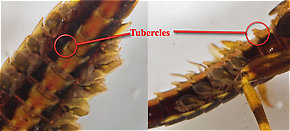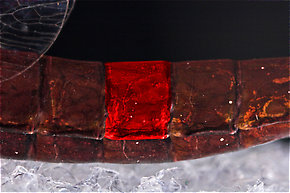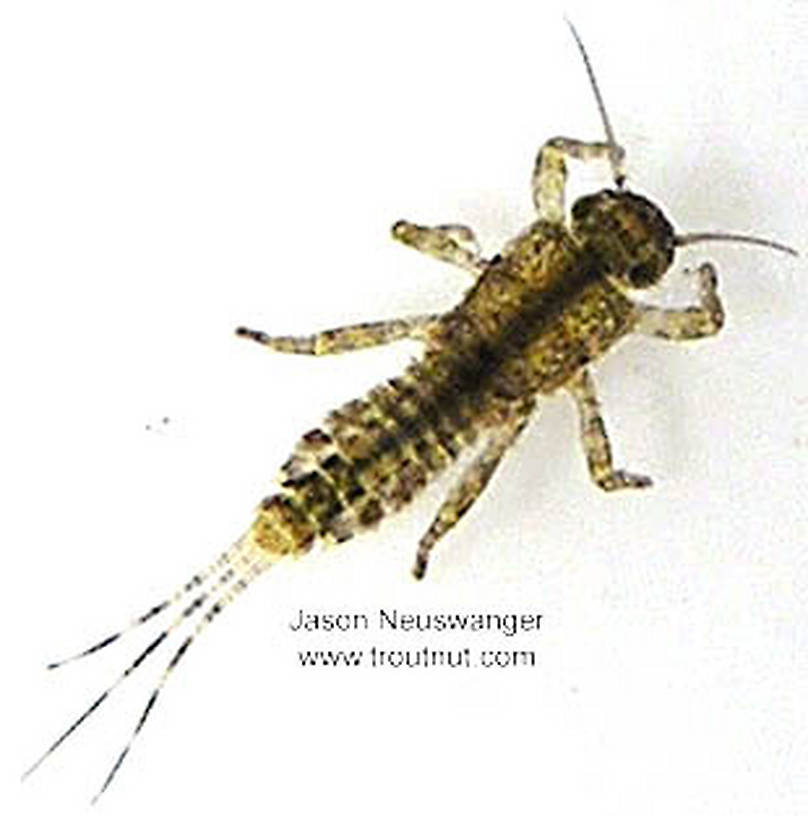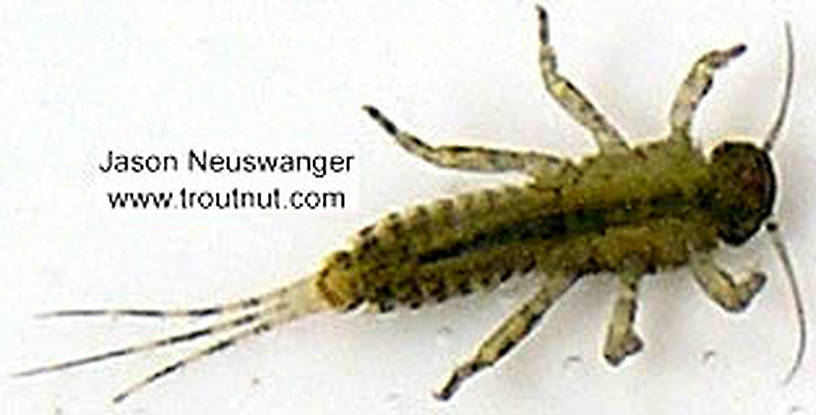Blog & Latest Updates
Fly Fishing Articles
Insects by Common Name


Ephemerellidae (Hendricksons, Sulphurs, PMDs, BWOs) Mayfly Nymph Pictures
Classification
Kingdom
Animalia (Animals)
» Phylum
Arthropoda (Arthropods)
» Class
Insecta (Insects)
» Order
Ephemeroptera (Mayflies)
Close examination of this specimen under a microscope reveals that it has small rounded tubercles (

A few (not all) of the abdominal tubercles on this Ephemerella needhami nymph are circled. They are especially large in this species.

One tergite of this Isonychia bicolor mayfly spinner is highlighted in red.
This mayfly was collected from unknown on January 31st, 2004 and added to Troutnut.com on January 25th, 2006.
Start a Discussion of this Nymph:
Top 10 Fly Hatches
Top Gift Shop Designs
Eat mayflies.
Top Insect Specimens
Miscellaneous Sites
Troutnut.com is copyright © 2004-2024 Jason
Neuswanger (email Jason). See my FAQ for information about use of my images.
 privacy policy
privacy policy


